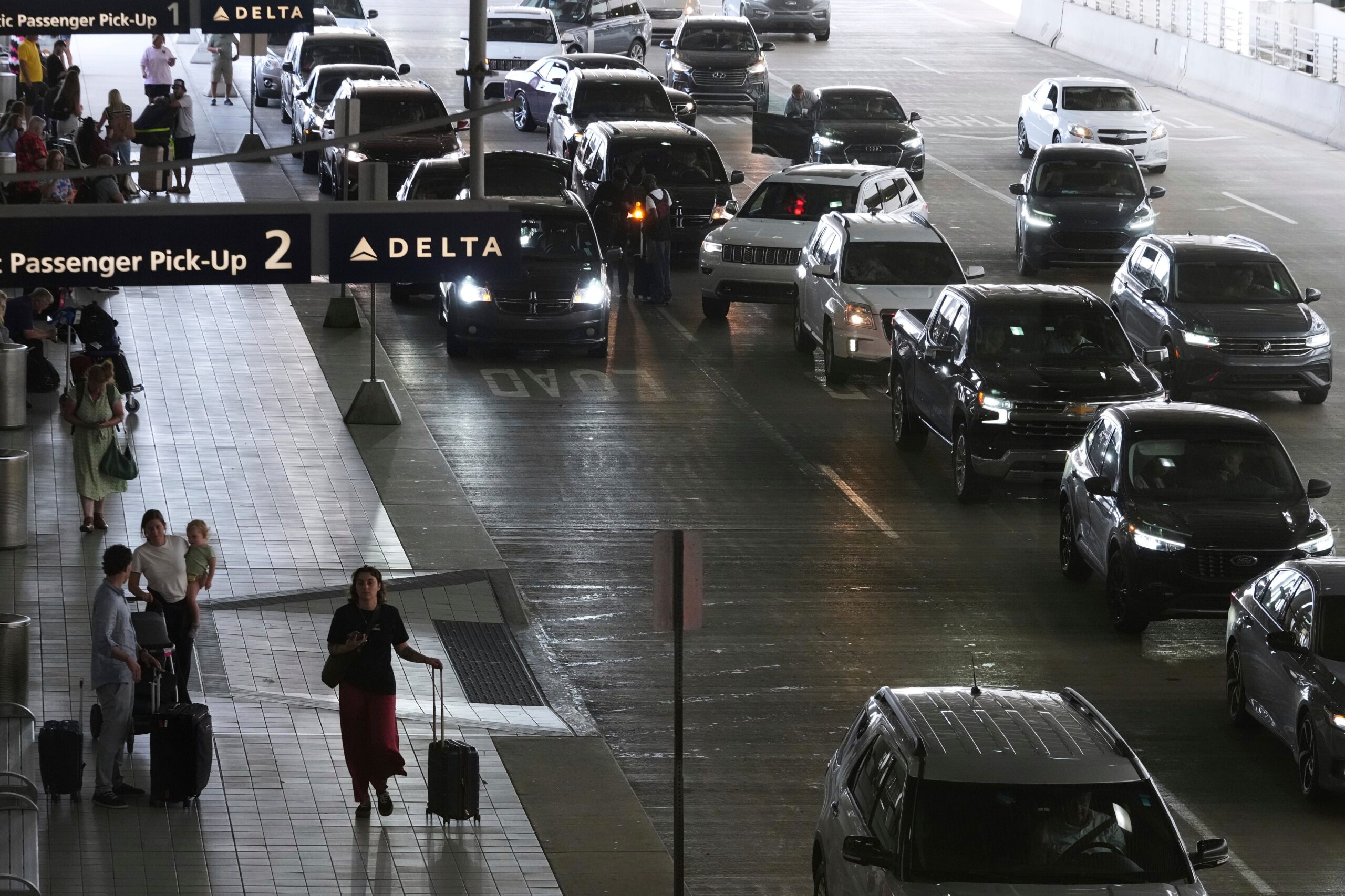St. LouisThe Fourth of July is fundamentally American, complete with parades, barbecues, cold beer, and, of course, fireworks.
The celebration is particularly perilous because of those pyrotechnics, which usually lead to over 10,000 ER visits. However, fireworks continue to be the focal point of Independence Day, a celebration that has been planned for 247 years.
These five facts about July Fourth include the holiday’s history and the evolution of fireworks as a custom.
How did Independence Day come to be?
The event commemorates the Declaration of Independence, which was unanimously adopted by the Second Continental Congress on July 4, 1776, and announced the colonies’ independence from Great Britain.
The Library of Congress reports that a haphazard celebration in Philadelphia commemorated the centennial of American independence one year later.
However, it wasn’t until after the War of 1812 that observations were widespread throughout the developing country. It took off quickly: According to the Library of Congress, Fourth of July celebrations were planned to coincide with significant 19th-century historic events, including groundbreaking ceremonies for the Baltimore and Ohio Railroad and the Erie Canal.
What led to the tradition of July 4th fireworks?
From the beginning, a major component of Independence Day has been the pyrotechnics display. John Adams, the founding father, anticipated it.
Adams stated in a letter to his wife, Abigail, on July 3, 1776, that the celebration of America’s freedom should be solemnized with pomp and parade, with shews, games, sports, guns, bells, bonfires, and illuminations from one end of this Continent to the other from this time forward forever more.
Before America was a nation, fireworks existed for centuries. According to the American Pyrotechnics Association, many historians think that the first fireworks were created in ancient China in the second century B.C. by tossing bamboo stalks into fires, which resulted in explosions when the hollow air pockets heated up.
According to the association, early American immigrants continued the widespread usage of pyrotechnics for public entertainment and religious festivals that had become common in Europe by the 15th century.
Has there ever been a president who declined to celebrate?
With the exception of Adams, every president from George Washington to Donald Trump has commemorated the Fourth of July as the nation’s birthday.
Despite his letter to his wife, Adams believed that July 2 was the true Independence Day and refused to celebrate the event on July 4. Why? Although the resolution for independence was approved by the Continental Congress on July 2, 1776, the Declaration of Independence was not formally adopted until two days later.
Even as the country’s second president, Adams refused invitations to festivals and other gatherings because he was so emphatic. Paradoxically, on July 4, 1826, the 50th anniversary of the Declaration of Independence’s official promulgation, both Adams and Thomas Jefferson, its principal author, passed away.
How common are fireworks?
Over the past 20 years, consumer sales of fireworks have increased significantly.
In 2000, Americans spent $407 million on pyrotechnics, according to data from the American Pyrotechnics Association. That amount increased to $2.2 billion by 2024. The largest spike occurred when public fireworks displays were suspended because to the COVID-19 outbreak. Between 2019 and 2020, consumer sales increased from $1 billion to $1.9 billion.
Since the majority of the paper rockets, airborne shells, and glittering fountains that captivate Americans every Fourth of July are imported from China, the price of fireworks could skyrocket if the trade war between the United States and China continues. Some short-term respite was provided by a 90-day halt to Trump’s high tariffs on Chinese imports, but industry analysts remain apprehensive as they await a resolution.
Are fireworks harmful?
Every year, thousands of Americans suffer severe injuries from pyrotechnics, despite extensive education campaigns.
According to the U.S. Consumer Product Safety Commission, fireworks were responsible for 11 fatalities in 2024, a 38% increase from 2023. An estimated 14,7000 people were hurt by pyrotechnics, a 52% increase from 2023, and 1,700 people were hospitalized in emergency facilities for injuries due to sparklers.
The most frequent damage was burn. The most common injuries were to the hands and fingers, but head, face, and ear injuries were also common.
Experts advise anyone wishing to light fireworks to choose a level, firm, and flat area away from buildings and other potentially flammable objects. Alcohol should not be consumed by the person in charge of the fireworks. They should never be ignited by children.
Additionally, experts advise keeping a bucket or hose close by in case of an explosion or fire. She warned, “Never relight or handle a malfunctioning firework, and shoot off one at a time and walk away quickly after igniting.” After finishing, shovel up the leftovers and soak them before throwing them away.
